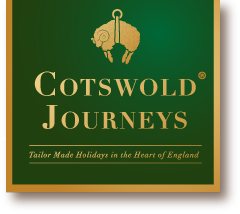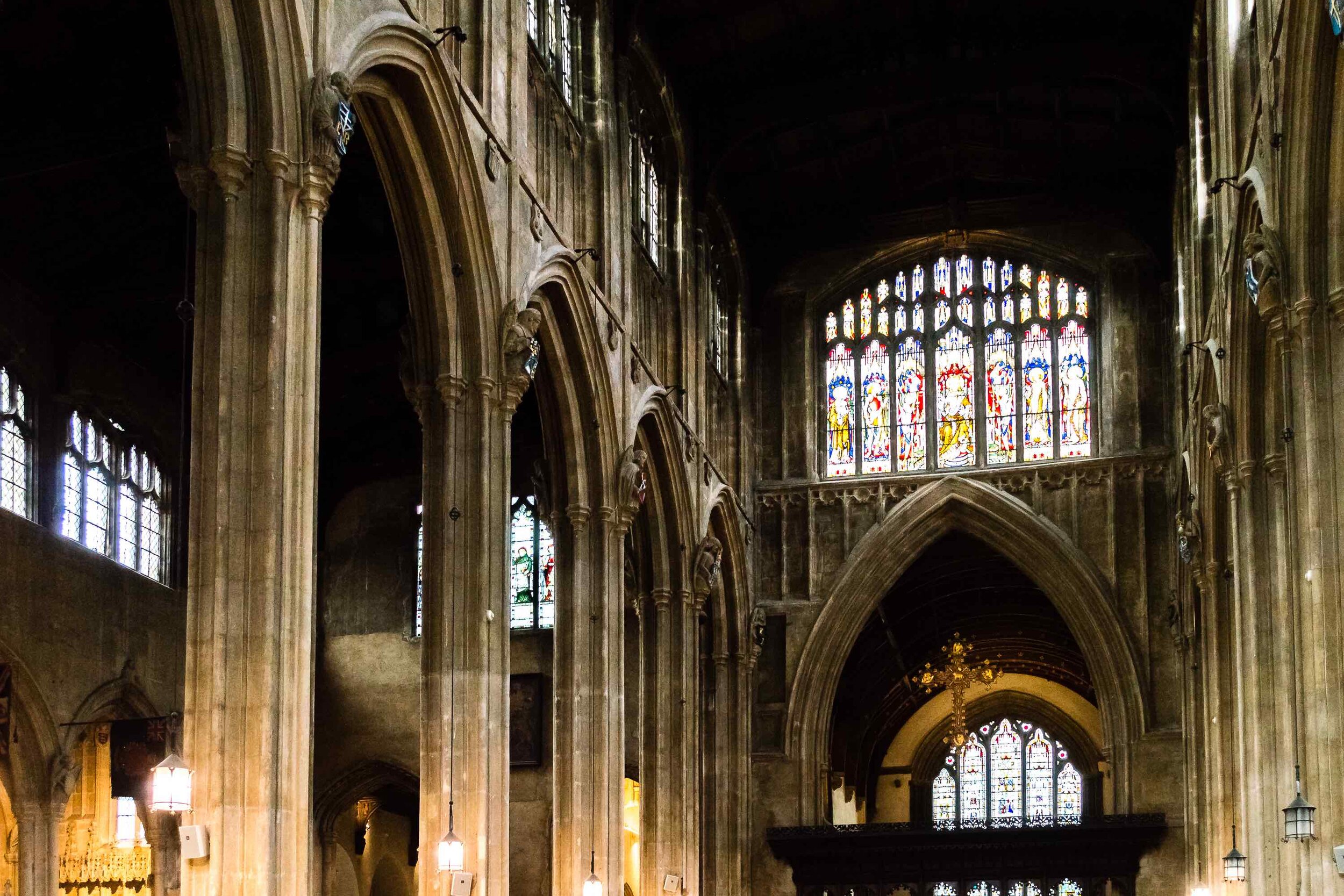Over the wall to the right, as you go up Church Street towards the parish church, is all that remains of Campden House, in its day one of the greatest houses in the country. It belonged to Baptist Hicks, born in 1551, the son of a mercer, a dealer in textiles, who had family links with Gloucestershire, but whose business was based in London. The young Baptist Hicks was probably educated at the St. Paul’s School in London and Trinity, Cambridge. He was set to become a lawyer until he took over the running of his father’s business in Cheapside. In 1584 he married Elizabeth, and they had five children of whom two daughters survived infancy.
Sir Baptist’s elder brother Michael (1543-1612) was even more powerful, if less wealthy. As secretary to William Cecil, Lord Burghley, served Queen Elizabeth for forty years between 1558 and 1598, first as secretary and then as Lord Treasurer, he bathed in the light of his master and was able to obtain a few favors when required. Baptists therefore won the right to supply the Court with textiles, eventually completing an order to provide the appropriate materials for the coronation of King James I and acquiring a knighthood in the process. Unusually, perhaps, he continued in the textile business, one of the first knights of the realm to run a shop.
His wealth enabled him to lend huge sums of money to creditors, including the King; and to invest in the American colonies. The Second Charter of Virginia, dated 1609, bears his name and in 1612 Hicks was one of the speculators who purchased Bermuda. He became an establishment figure – in 1606 he was foreman of the jury at the Guildhall which convicted the Jesuit Father Henry Garnet of complicity in the Gunpowder Plot.
In March 1610, he purchased the manors of “Campden, Chipping Campden, Broad Campden, and Berrington” and on the land adjoining the church, he built Campden House, one of the finest Italianate mansions of its time, set in ornamental grounds extending over some ten acres. Flanked by two separate banqueting houses and topped with twisted spiral chimneys and a domed cupola containing a lantern-lit as a beacon for travelers, it was reputed as one of the wonders of the age.
Thirty years later, it lay in ruins. In 1643 the house was occupied by Royalist troops. Under the command of Sir Henry Bard, the garrison terrorized the neighborhood and plundered the town. Of the occupation of Campden House, it was said: “Sir Henry Bard kept possession of it for several months, during which period, the townspeople and husbandmen in the vicinity must have grown to hate him, and possibly his cause also, by reason of the unwarrantable and unnecessary devastation wrought by his orders throughout the district.” In 1645, the troops were withdrawn and the house set ablaze, in circumstances that remain unexplained. From the road, what remains can be seen beyond the wall to the right of Church Street, and in the form of the gatehouse adjacent to the church. Beyond the gatehouse are three magnificent buildings: the two banqueting houses, east and west, and the almonry, which escaped destruction and which are among the finest examples of Jacobean architectural design in the country. Small remnants though they are, their design gives a glimpse of how the great house must have looked. The banqueting houses served as private retreats for family and friends, to which they would withdraw at the end of the main afternoon meal. Here they would drink fine wines, and eat dried fruit, cakes, and various delicacies, whilst delighting in the view of town and countryside, or perhaps watching hare coursing at the nearby coneygree. Below, separate from these upper rooms, were further rooms, which probably served as lodgings for servants. The purpose of the so-called almonry is uncertain – the smallest of the three buildings was not an almonry (use of the name seems to have appeared only in the nineteen thirties) but it was possibly the office of a household official, or, more likely, a garden pavilion. Other possibilities include a laundry, hen-roost, or dovecote.
On 1 July 1620, Hicks was made a baronet and later that year became the Member of Parliament for Tavistock, and subsequently for Tewkesbury. In 1628 Baptist Hicks was raised by Charles I to the peerage as Baron Hicks of Ilmington, Warwickshire, and Viscount Campden of Campden. Since he had no surviving son, it was stipulated that his son-in-law, Edward Noel, Lord Noel of Ridlington, Rutlandshire, husband of his eldest daughter Juliana, would inherit the titles at his death.
Hicks died, aged 78, on 18th October 1629, and was buried at St. James, Chipping Campden, where his monument remains.


0 Comments